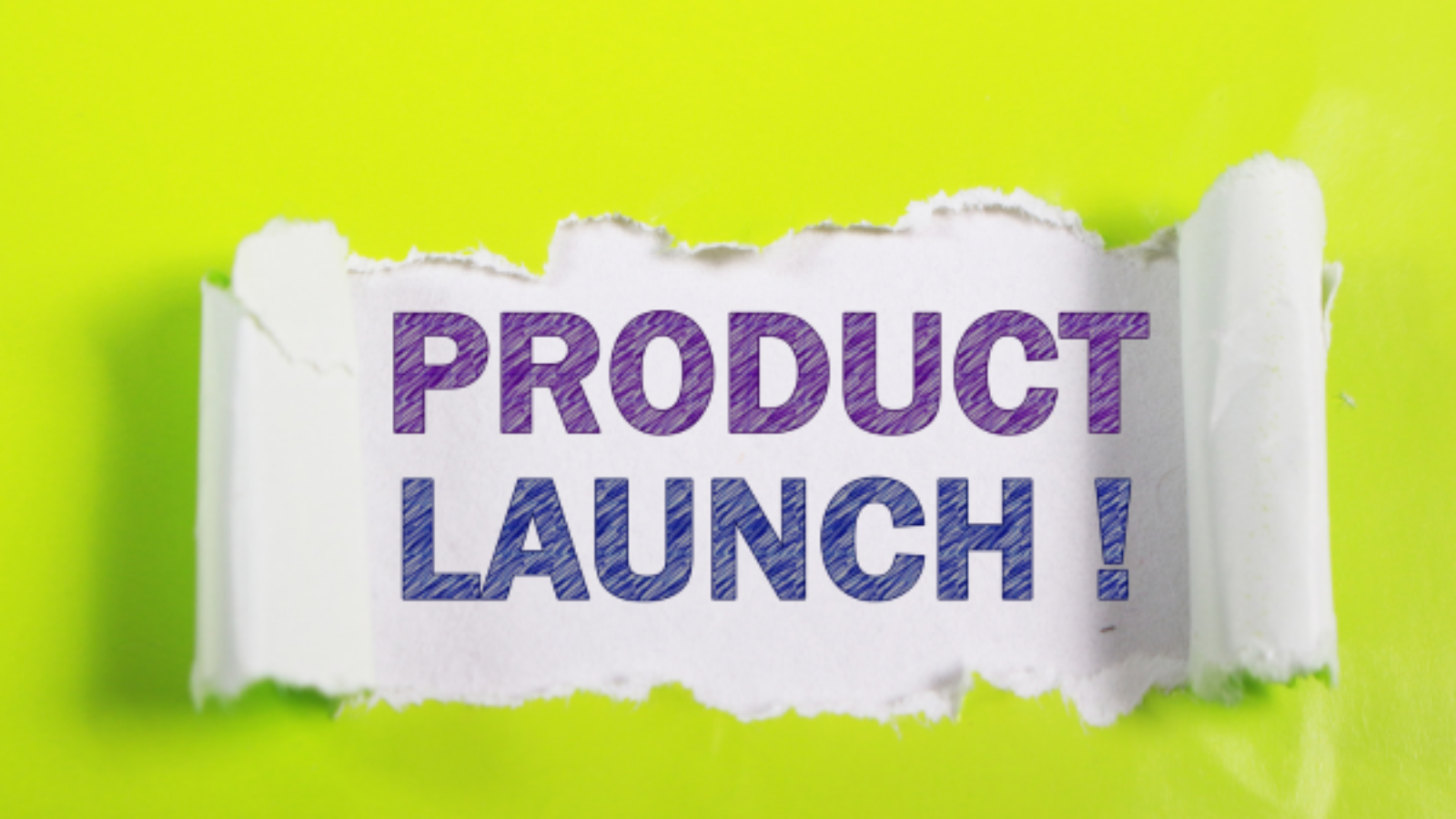Launching a new product is both exciting and daunting. It’s the culmination of months (or even years) of hard work, but success doesn’t just happen overnight. Behind every great product launch is a well-thought-out strategy that ensures everything from your messaging to your customer support is on point.
In this guide, we’ll walk you through the steps to craft a winning product launch strategy. Whether you’re a seasoned entrepreneur or launching your first product, this guide will help you hit the ground running.
Table of Contents
What is a Product Launch Strategy?
Definition
A product launch strategy is your roadmap for introducing a product to the market. It covers everything from creating awareness, attracting customers, and ensuring a smooth buying experience, to managing feedback post-launch. Think of it as your game plan for making your product stand out in a sea of competitors.
Purpose
Why do you need a product launch strategy? Simple. Launching a product without one is like throwing a party without sending out invitations—nobody will know about it! A solid strategy ensures that your target audience knows about your product, gets excited about it, and is ready to buy once it’s available.
Benefits
- Minimized risks: A plan helps you foresee potential issues and prepare for them.
- Maximized visibility: It ensures your product gets the attention it deserves through coordinated marketing efforts.
- Increased sales: A well-executed launch builds excitement and drives initial sales momentum.
Key Elements of a Product Launch Strategy
Now that we’ve established the importance of having a product launch strategy, let’s dive into the key elements that will make your launch a success.
1. Market Research: Know Your Audience
Your product won’t appeal to everyone, and that’s okay. The key is to understand who your product is for. Start with market research. You need to identify your target audience—those most likely to buy your product—and understand their needs, preferences, and pain points.
- Surveys: Create surveys to gather feedback from potential customers.
- Competitor analysis: Study your competitors. What are they doing well? Where are they falling short?
- Social media listening: Monitor conversations around your industry or similar products to understand customer sentiments.
2. Positioning & Messaging: Craft Your Story
Once you know your audience, it’s time to craft a story that resonates with them. This is where positioning and messaging come in.
- Positioning defines how your product fits in the market compared to competitors.
- Messaging is how you communicate your product’s value.
To get this right, ask yourself:
- What problem does your product solve?
- Why is it better than existing solutions?
- How can you communicate that in a way that’s simple, engaging, and clear?
Example: Instead of saying, “Our phone has 20-hour battery life,” you might say, “Never worry about charging again—you’ll have power from morning till night.”
3. Go-to-Market (GTM) Strategy: Plan Your Path to Success
Your Go-to-Market (GTM) strategy outlines how you’ll reach your customers. This includes distribution channels, pricing, and the sales approach.
- Distribution channels: Will you sell directly to consumers (D2C), through retailers, or use a combination?
- Pricing strategies: Will you use penetration pricing to attract customers with lower prices, or go premium to create a high-end perception?
- Sales enablement: Equip your sales team with the necessary tools and training to confidently sell your product.
Pre-Launch Preparation: Get Ready to Create Buzz

Before launch day arrives, there’s plenty of groundwork to cover. This is where you set the stage for your product’s debut.
1. Create Buzz and Generate Hype
In the weeks leading up to the launch, start building anticipation. The goal is to make people excited about your product before it’s even available.
- Teasers: Share sneak peeks of your product on social media, showcasing small details without giving away too much.
- Influencer partnerships: Partner with influencers who can help spread the word to your target audience.
- Email marketing: Start building a list of interested customers with a sign-up page for early access or exclusive launch details.
Pro tip: Share stories behind your product’s creation—people love a personal touch. Tell them about the challenges, the “a-ha” moments, and the passion that went into building it.
2. Build an Early Adopter Base
Engaging early adopters can do wonders for your launch. Offer them exclusive access to your product before anyone else, and use their feedback to refine your product.
- Beta testers: Select a group of users to test your product and give feedback.
- Early bird offers: Offer discounts or special deals to your early adopters. These fans will become your product’s first brand ambassadors.
3. Ensure Product Readiness
The last thing you want is to launch a product that isn’t ready for prime time. Ensure everything is in order:
- Quality control: Test your product thoroughly to catch any issues.
- Logistics: Make sure your inventory is ready and your supply chain is solid.
- Internal training: Train your customer service and sales teams so they’re prepared to handle questions and concerns.
Launch Day Execution: Time to Shine
Launch day is here, and everything has to run smoothly. You’ve built anticipation, the product is ready, and now it’s time to make it available to the world.
1. Coordinate Across Teams
On launch day, all hands should be on deck. Ensure that marketing, sales, and customer service teams are aligned and in constant communication.
- Marketing team: Make sure all your scheduled posts, ads, and emails go live as planned.
- Sales team: Equip them with talking points, product specs, and any objections they might encounter.
- Customer service team: Prepare them to answer questions and troubleshoot any issues.
2. Utilize Multiple Channels for Maximum Impact
The key to a successful launch is creating as many touchpoints as possible. Use multiple channels to get your message across:
- Social media: Host a live event or countdown on social platforms like Instagram or Facebook.
- Email campaigns: Send out a launch announcement to your subscribers with a clear call-to-action (CTA).
- PR and influencers: Issue press releases and encourage influencers to share reviews or testimonials.
3. Track Key Metrics
During the launch, keep an eye on key performance indicators (KPIs) that measure the success of your efforts.
- Website traffic: Monitor how many people are visiting your site and where they’re coming from.
- Sales and conversion rates: Track how many people are making purchases and how that compares to your goals.
- Social media engagement: Are people talking about your product? Keep an eye on hashtags, mentions, and comments.
Post-Launch Follow-Up and Optimization
The product launch doesn’t end when the product is released. In fact, the days and weeks following the launch are critical to the long-term success of your product.
1. Gather and Respond to Feedback
Your customers will have opinions—good and bad. Make sure you’re listening.
- Monitor social media: Engage with customers on social media and address any concerns they have.
- Send surveys: Ask customers for feedback on their experience with the product.
- Respond to reviews: Both positive and negative reviews matter. Thank customers for their feedback and offer solutions if they have issues.
2. Refine the Product Based on Insights
Sometimes, products need tweaks post-launch. Use the feedback you’ve gathered to make improvements.
- Product updates: If there are issues or requested features, don’t hesitate to make updates.
- Customer support: Ensure that you’re helping customers get the most out of your product, offering tutorials or resources if necessary.
3. Ongoing Marketing and Promotion
Even after the initial buzz has faded, you need to continue marketing your product to ensure sustained success.
- Content marketing: Create blogs, videos, or tutorials that showcase how to use your product effectively.
- Retargeting ads: Use retargeting ads to reach potential customers who visited your website but didn’t purchase.
- Email marketing: Keep engaging with your audience through emails, sharing tips, updates, and exclusive offers.
Conclusion
Launching a product is no small feat, but with a well-executed product launch strategy, you can maximize your chances of success. By understanding your market, building hype, coordinating across teams, and gathering feedback post-launch, you’ll be in a strong position to not just launch your product—but to have it thrive in the long term.
Keep in mind, a product launch is just the beginning, not a single event. It’s the beginning of your product’s journey. The more you optimize and adjust, the better your product’s performance will be.
Ready to launch your next big thing? If you need help crafting the perfect product launch strategy, don’t hesitate to reach out. Let’s make your next product launch a success!

